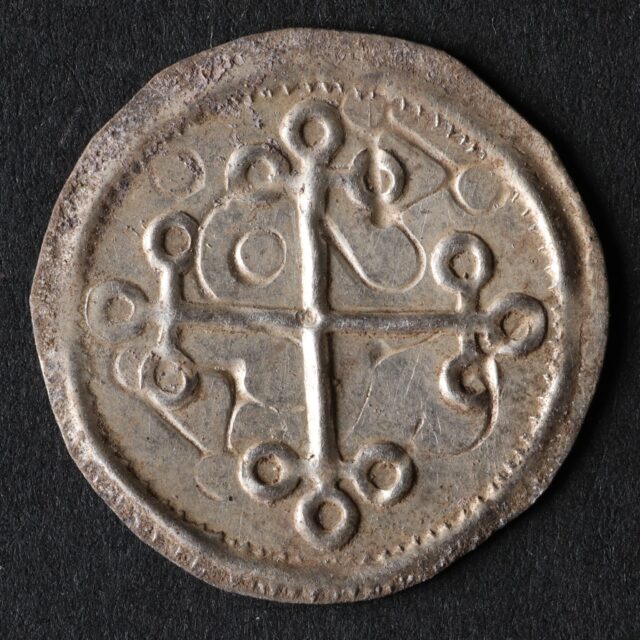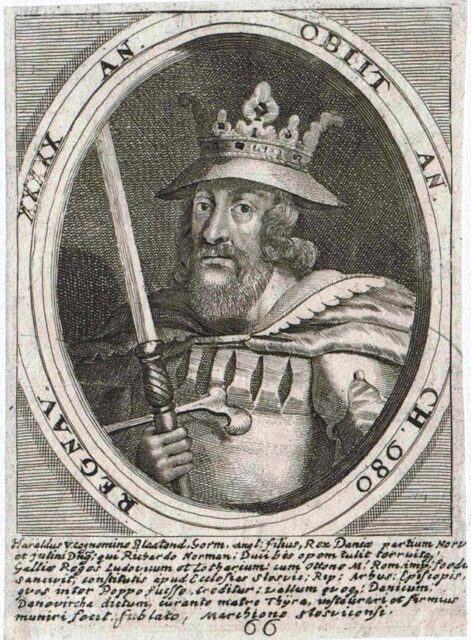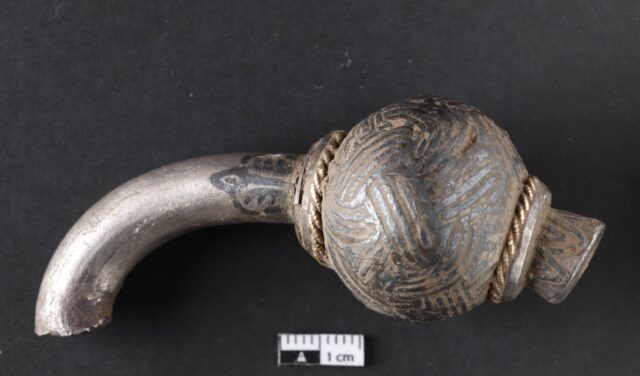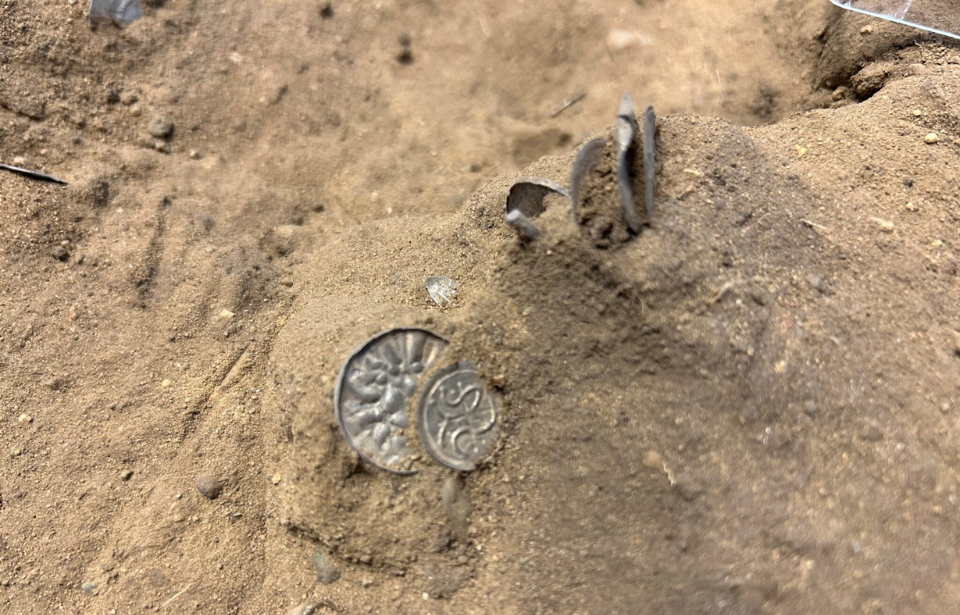In what archaeologists are calling the biggest discovery of Viking treasure in Denmark in half a century, a young girl is credited with finding 300 coins. The pieces of silver are believed to be at least 1,000 years old, and were found near an old Viking castle associated with one of the era’s most famous rulers.

According to a press release by the Historical Museum of North Jutland, the rare discovery was made in Denmark‘s northwestern region, approximately five miles from Fyrkat, a Viking ring castle. The treasure consisted of two separate hoards, located less than 50 meters apart. They were once closer together, but “modern plowing, harrowing and sowing” spread them “over a larger area.”
Of the around 300 pieces that were ultimately uncovered, only 50 were fully intact. Most interesting, however, is that they weren’t just Danish coins – the hoards, dating back to the 980s, also contained Arab and German currency.
During this time, King Harald Blåtand – better known as Harald Bluetooth – was in power. The currency that circulated during his reign featured an image of a cross, a symbol that’s been noted on the coins discovered by the amateur metal detectorist.

The discovery was made in autumn 2022, but only publicly revealed this April. Along with the coins, two pieces of silver jewelry from either Ireland or Scotland were also uncovered. They date back to the same time period as the nearby castle.
“These are two ornately braided decorated balls on a small piece of cut silver rod, which was originally part of an unusually large ring pin,” the press release reads. “Such ring pins were especially used by men at the top of society in Viking Age Ireland and on the neighboring islands.” To narrow it down further, they were typically worn by bishops and kings.
It’s believed the jewelry was collected during a raiding expedition, during which it was taken for its weight in silver, rather than its artistic details. This is why “the ring pin was chopped into pieces.” It wasn’t uncommon for Vikings to bury their treasure during times of war and instability for safekeeping, only to never return for it.

More from us: Hiker Stumbles Across Hoard of 2,000-Year-Old Silver Coins In Italy
Archaeologists will continue to excavate the site following this coming autumn’s harvest, with the aim of finding burial sites and the former homesteads of those who once resided in the area. The coins and jewelry will go on display at the Aalborg Historical Museum this summer, while the girl who discovered them will receive financial compensation.
